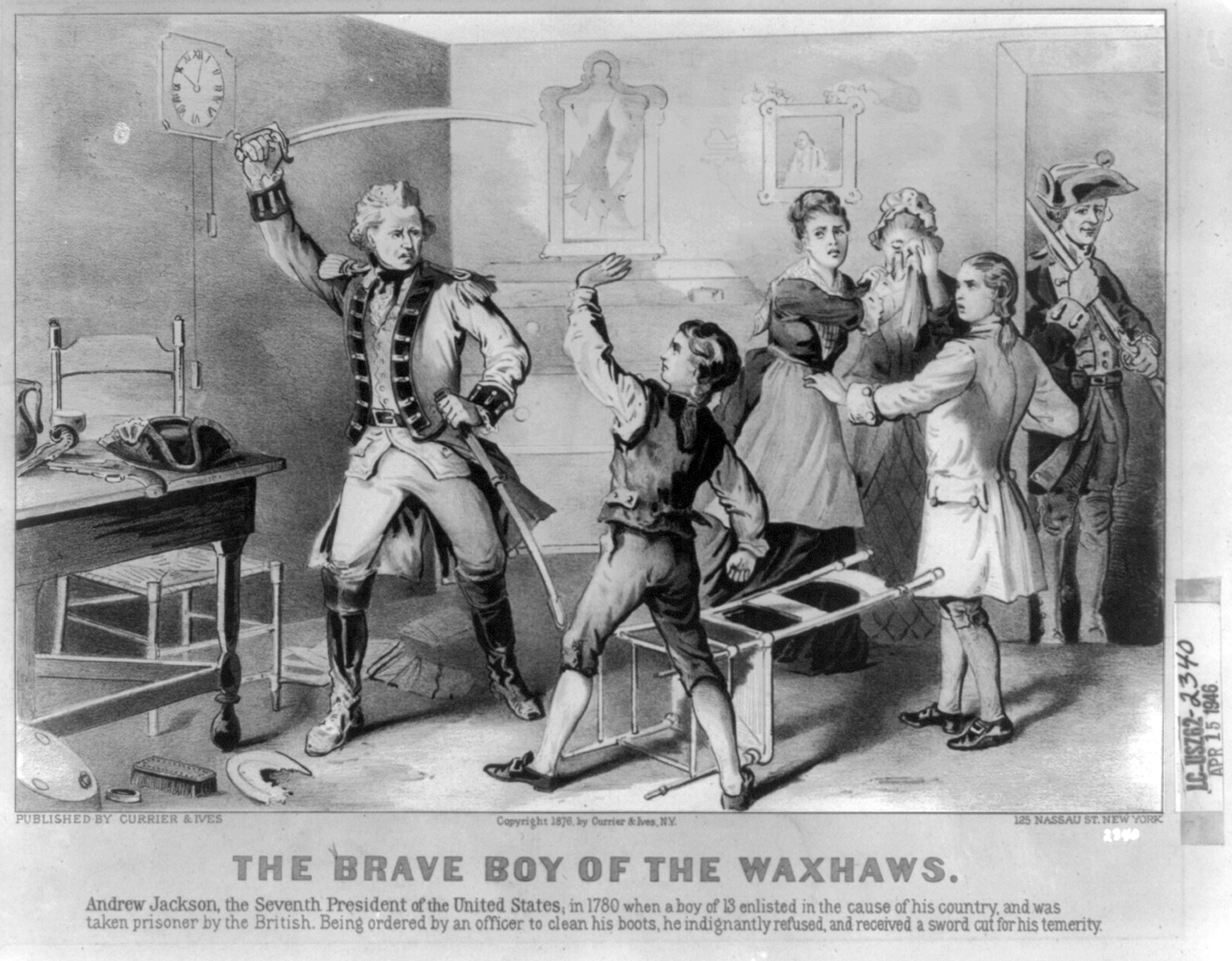When I saw the movie musical
1776 during the Bicentennial, it left me with a strong impression of
James Wilson. He was the Pennsylvania delegate to the
Continental Congress shown casting the decisive vote for independence. In the movie Wilson, played by
Emory Bass, is a dithering, insecure man who finally chooses sides because he prefers to be in the crowd rather than be remembered for standing up to it.
In real life, Wilson was a highly respected Pennsylvania judge who in 1774 published an important pamphlet on the limits of
Parliament’s authority over the colonies. In the Congress he advocated independence early on, withholding his vote only until he felt sure the people of Pennsylvania were behind it.
At the
Constitutional Convention of 1787, Wilson was one of the leading theorists of government and a member of the committee of detail, which produced the first draft. After the federal government was in place, President
George Washington nominated him to be one of the first Associate Justices of the
Supreme Court.
None of those contributions to the country are in
1776. The movie Wilson is simply a pawn in the dramatic conflict between the hard-driving
John Adams and the more reluctant revolutionary
John Dickinson. I knew that the real Wilson wasn’t part of a singing chorus, of course, and that the conversations in the Congress didn’t proceed precisely as shown. But I didn’t expect the creators of
1776 would distort a historical figure so much.
How did Wilson become vulnerable to such distortion? He had stopped being a household name, even in Pennsylvania. That allowed the playwright Peter Stone to sacrifice Wilson’s real career for the cause of drama.
In the twenty-first century, the Revolutionary figure most deserving of a James Wilson Memorial Award for being misrepresented in historical drama seems to be Gen.
Charles Lee. Versions of Lee are supporting characters in both the first two seasons of the television series
Turn: Washington’s Spies and the Broadway musical
Hamilton. But both stories bend the facts of Lee’s life.
Turn depicts Lee’s capture at the end of 1776, portraying him (played by Brian T. Finney) as caught during a
sex game. That’s not so far off as there have been rumors that Lee was visiting a mistress at the New Jersey tavern where British dragoons found him.
In the second season Lee becomes a British secret agent, trying to throw the Battle of Monmouth. Again, there’s a historical inspiration for that plot twist—the captive general did offer Gen. Sir
William Howe ideas on how to defeat the colonists—but Lee never tried to undermine the Americans as
Turn shows. Instead, as the book discussed yesterday argues, he performed well on the battlefield, causing trouble off of it, mostly for himself.
Even so, that depiction of Lee as a treacherous villain is nothing compared to how he appears as an incompetent buffoon in Lin-Manuel Miranda’s
Hamilton. That show
features the duel between Lee and Col.
John Laurens, with
Aaron Burr and
Alexander Hamilton as their seconds. (Burr gets inserted into a number of events to increase dramatic unity.) That scene serves to set up the duel everyone knows is coming at the end.
In the play Hamilton refers to Lee as a Virginian, classifying him with his adversaries
Thomas Jefferson and
James Madison. While Lee did buy land on the Virginian frontier in 1775, he was English by birth and upbringing.
In the musical number “Stay Alive,” Hamilton complains of Washington, “Instead of me, he promotes Charles Lee, makes him second-in-command.” To which Lee, most often played by Jon Rua, memorably responds, “I’m a general.
Whee!”
Lee could have responded that the Continental Congress had made him its third-ranking general in June 1775, when Hamilton was still a private in his college
militia company. The next spring, with
Artemas Ward staying in Massachusetts, Lee became second-in-command. He and Hamilton were never up for the same job.
Later, Hamilton asks, “How many died because Lee was inexperienced and ruinous?"
Lee was the Continental general with the
widest military experience when the war began. He had been a professional soldier since his teens and actually studied military science. He had fought in major campaigns and sieges, in the American wilderness and on European plains. Americans were delighted that Lee brought all that experience to their army.
As with Judge Wilson, not many people know about Gen. Lee these days. That’s left dramatists free to reshape the details of his career to serve their stories. Given
Hamilton’s popularity, a generation of young people is being introduced to Charles Lee as an inexperienced rival to Hamilton from Virginia.
The irony is that there’s no need to change anything about Charles Lee to create drama. He was drama on horseback, roving restlessly through the nascent U.S. of A. with his Italian manservant and his portable Shakespeare and his dogs. The man was a larger-than-life character: smart, slovenly, hot-tempered, witty, eccentric, and self-defeating. Someday I hope we’ll see a more accurate representation of Lee, writing political pamphlets and military plans and indiscreet letters, Washington’s most experienced officer and his biggest headache. Now that would be a show.

















